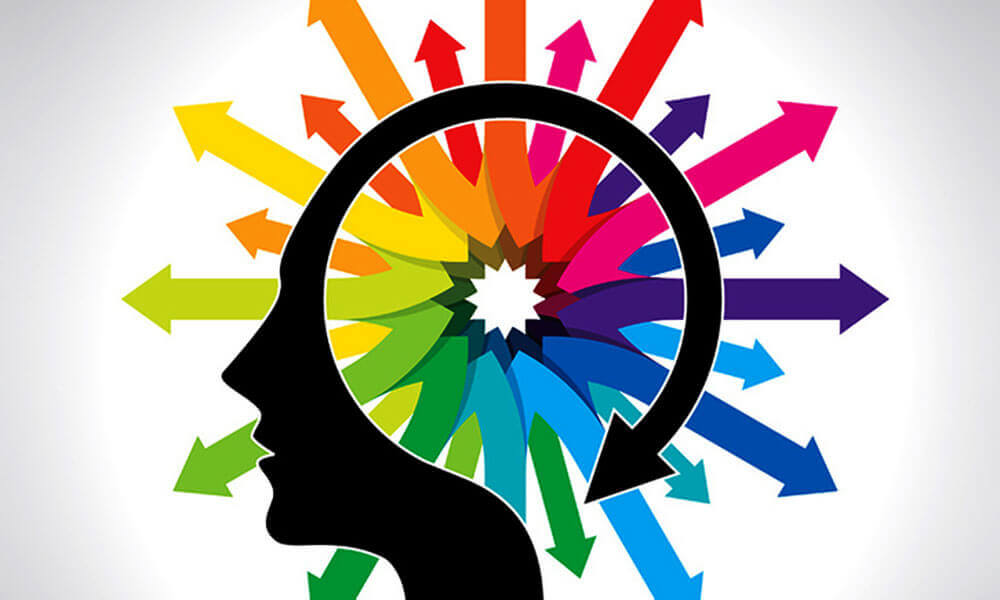
When potential customers are checking out your hotel against the competition, you need every advantage you can get. To gain a critical advantage, you need to know why people buy things beyond price. Enter consumer psychology — a branch of social psychology that studies why people buy things.
NB: This is an article from Travel Tripper
In the following post, we’ll explain 5 psychological triggers that you can use to influence your customers decision-making, forge deeper relationships, and drive more direct bookings.
1. Tell your story
Humans are hardwired for stories. We’ve been telling tales around the campfire for thousands of years, and our desire for stories continues today. It’s why we read books, visit the movies, binge on Netflix box sets, and recount our travel adventures on social media. Stories provide meaning and help us make sense of the world.
Marketers are well-aware of this evolutionary predisposition. Today, the world’s biggest brands use storytelling to build connections with customers. They spend time appealing to emotions rather than logic in order to speak to the more primitive parts of the brain.
Stories go beyond products and services to reveal the heart and soul of your brand. They allow customers to understand something about who you are, such as your brand ethos or origin story. Taking time to cultivate the way customers feel about your brand should not be underestimated.
How to apply this tactic:
Use your hotel website to tell a better story. Reveal something about your property that makes you stand out from the competition and taps into the emotions of your audience. Do you source artwork from the local area? Is your location near a fascinating part of town? Does your property have a special history?
Refinery Hotel in Midtown Manhattan uses storytelling to great effect to bring its own historical past to life.

The website homepage describes how the property was once a hat factory and prohibition-era tea room, and describes its transformation from a factory in the Garment District to the present-day hotel.
Every hotel has a story to tell. What’s yours? If you’re struggling to find an angle, check out the feedback on your social channels and TripAdvisor to see what your guests love about your property.
The About Us page on your website is a great place to showcase your personality. But don’t be afraid to tell your story on your homepage — it’s the best place to make a great first impression. You can also integrate storytelling into your content marketing, from posting behind-the-scenes content on your social channels to featuring interviews with your staff in your hotel newsletters.
2. Unity
In his book Pre-Suasion: A Revolutionary Way to Influence and Persuade, social psychologist Robert Cialdini added “unity” to his previous list of six marketing techniques. The principle of unity refers to the power of shared identity and explains that we’re more open to persuasion when we’re part of a group.
This makes sense. It’s human nature to seek out like-minded individuals, and we’re more likely to be persuaded by someone with whom we share common ground. That could be as simple as supporting the same baseball team. Or supporting the same political movement.
The principle of unity can also be used as a persuasive marketing tool. By letting your audience know that you have the same values or share a common cause, you can help to turn them from mere customers into loyal brand advocates.
How to apply this tactic:
The principle of unity can’t be forced. It needs to feel entirely authentic and sincere. But there are a number of ways you might consider using it.
One simple way is to tweak the messaging of your loyalty program. Use specific terminology to make your guests feel part of an exclusive club, such as “members-only group” and “VIP Access.” Letting customers feel like they’re part of an inner circle can help them to feel more connected to your brand.
Unity can also be achieved by including guests in your mission. For instance, an eco-friendly hotel could invite its guests to help with community projects, or ask them to get involved with cleanup operations.
Here’s how the socially-conscious Good Hotel London uses a form of unity on the homepage of their website:

They make a point of letting guests know how their stay has a positive impact on the community. The headline “Stay Good, Do Good” is memorable and reinforces this sense of shared commitment. In this way, guests are made to feel part of something bigger than themselves and encouraged to self-identify as helpful members of society.
3. Engage the senses
Neuroscience studies have shown that people make purchases based on emotions rather than logic. Desire is often the trigger that leads us to buy something. Our rationale brains then usually swoop in and justify our decisions with a rationale story.
So from the perspective of the marketer, there’s a very good reason to appeal to the emotional brain. And a great way to do this is by engaging the senses. This is especially relevant to the travel industry. After all, travel is a distinctly sensory experience — it’s a time when our senses are often enlivened by new sights, sounds, aromas, and flavors.
Think about how you can use different colors, language, and images to influence the way consumers feel about your brand. What can you do to generate an emotional response that ignites their imaginations and transports them to your destination?
How to apply this tactic:
Use sensory-rich language throughout your hotel website to bring your destination and property to life. For instance, rather than listing your amenities and room features in a bullet point fashion, let travelers feel what it’s like to stay with you. Best Western Beach View Lodge in Carlsbad does a great job of this on their homepage. Notice how the copy on their Location page invites guests into the scene:

You can also target emotions through image choice. Using a varied selection of unique images on your website can help to create an appealing lifestyle that taps into the desires of your guests. While some photos should relay practical information (e.g. room size, notable amenities) your images should also conjure up a sensation of wanderlust.
4. Compliance without pressure
This approach is often known as the foot-in-the-door technique (FITD). The basic idea is simple: by asking someone for a small initial commitment, they’ll be more receptive when you ask then to make a bigger commitment later on.
The foot-in-the-door technique was first popularized by Stanford’s Jonathan L. Freedman and Scott C. Fraser in 1966. During a series of experiments involving door-to-door and telephone sales pitches, Freedom and Fraser noted how agreeing to a request could change a person’s attitude, and that the two requests need not be related.
Today, this approach is frequently used in consumer psychology. For instance, charities often encourage us to make a small monthly donation, then later ask if we’d be willing to increase that amount. Being asked to donate $5 a month is more likely to gain our initial commitment than a request to contribute $50. Yet incrementally, we may eventually reach that higher figure.
How to apply this tactic:
Get customers to make a small commitment before asking them to make a larger one. Instead of bombarding them with discounts and offers (hard sell), start by providing them with valuable content that has a subtle sales intent (soft sell).
As an example, you could ask your guests to answer a short feedback survey. Then later, enquire if they’d be happy to exchange their email address to receive your monthly newsletter. Then further down the line, you might try to entice them to join your loyalty program.
You can also use a similar principle on your hotel website. Instead of trying to sell all possible room options and upgrades on one page, split the process up. Show rooms first, then your various rate plans and upgrade options on a separate page.
Remember, when someone visits your hotel website with the intention to book, the room booking itself is the smaller commitment. Paying more for an upgrade might not have been factored in. So by moving additional sales messages further along the booking process, you can use that initial commitment to increase the odds of additional purchases.
5. Create associations
We can all relate to another person’s pleasure, pain, success, and failure. Through observation alone, we can picture ourselves in the same situation as someone else and feel the same feelings. And there’s a reason for this.
Our brains include bundles of cells called mirror neurons, and these fire when we perform an action AND when we observe an action. So if we’re watching a movie and our favorite character gets rejected in love or physically assaulted, we experience their emotional and physical pain.
Needles to say, this has interesting applications for marketing. By showing someone performing an action, you can influence the emotional state of your audience and make it more likely that they’ll mirror that action in the future. Naturally, that action has to be desirable in some way, but it’s still a powerful tool for tapping into an interesting part of our psychological hard-wiring.
How to apply this tactic:
There are a host of ways you can create associations to influence behavior. Video content is perhaps one of the most effective, and this promotional video by Expedia and Tourism Australia brilliantly achieves this by placing the viewer at the heart of the action.
Aside from being visually beautiful, the video is cleverly shot so you see things through the eyes of each traveler. As they explore each wild and dramatic landscape, so do we.
You can also create associations by featuring images of happy guests at your property. Seeing like-minded travelers relaxing by your pool or sipping sundowners from your rooftop bar allows potential customers to imagine enjoying those experiences themselves, tempting them to experience them for real.
You can also create associations through guest testimonials on your website. A vivid account of an unforgettable trip or experience from a past guest can let others feel that same excitement.
Use psychology in your marketing
Marketers have been using psychology for decades to influence customer decision-making. By implementing some of the ideas above, your hotel can win over the hearts and minds of your guests and nudge them one step closer to a booking.
This is part 4 of the blog series in which our expert shares best content marketing practices with hotel marketers! Here are links to the previous 3 blogs:
Part 1: Six ways to generate killer ideas for your hotel blog
Part 2: How to find and convey your hotel’s brand voice through marketing copy
Part 3: The essential email marketing tips every hotelier should know



